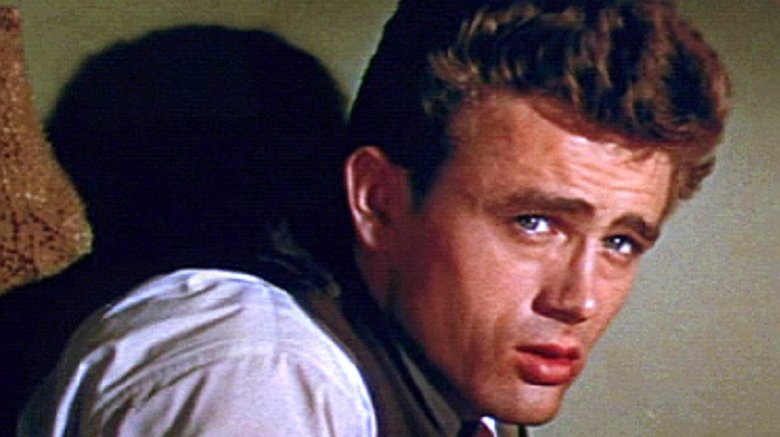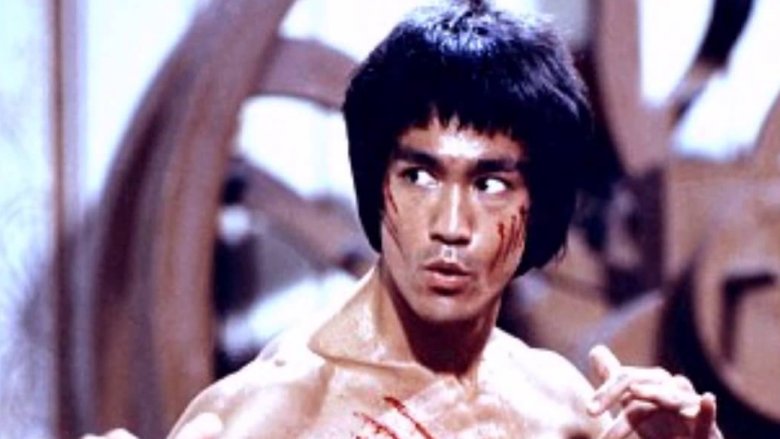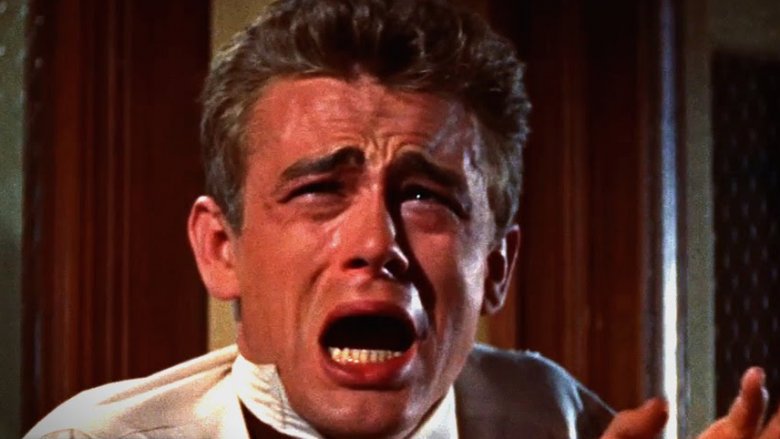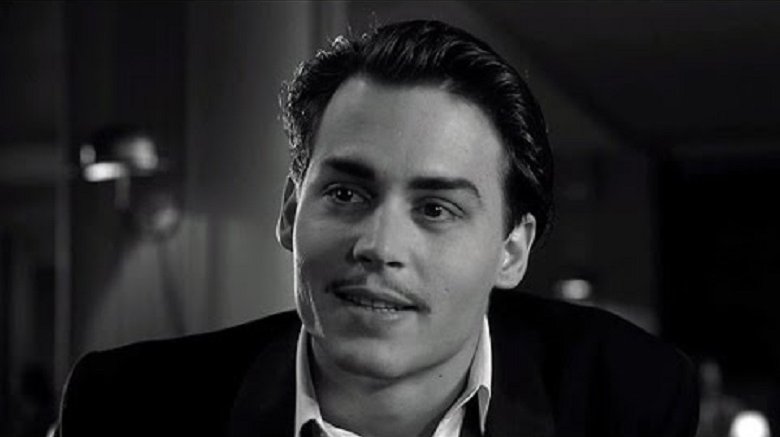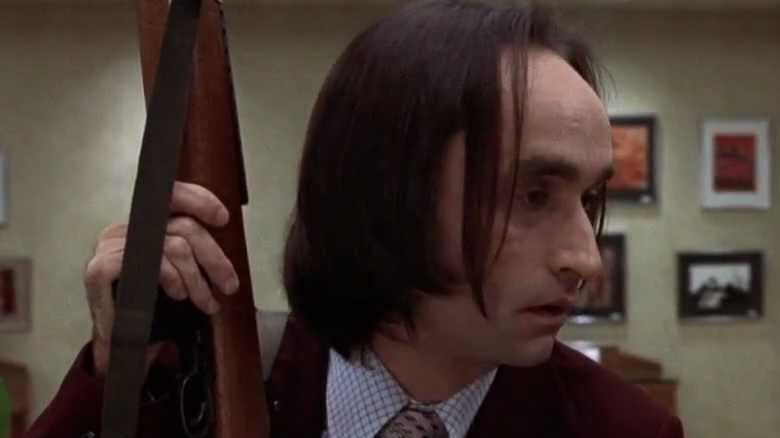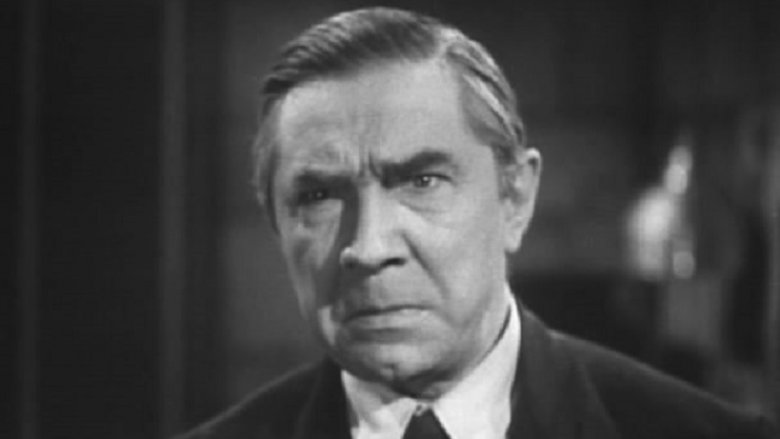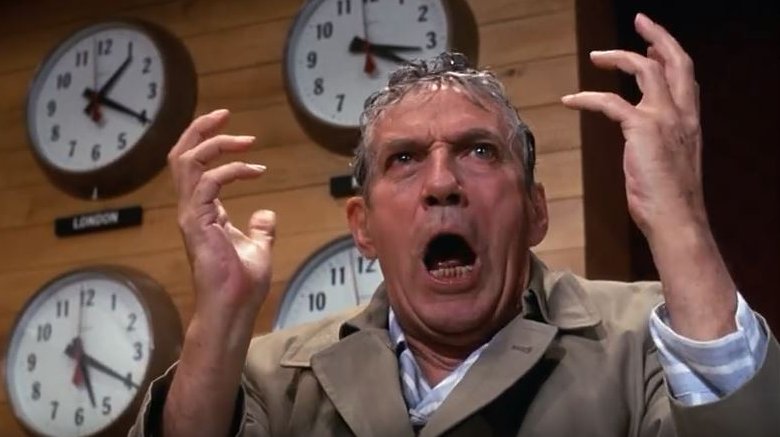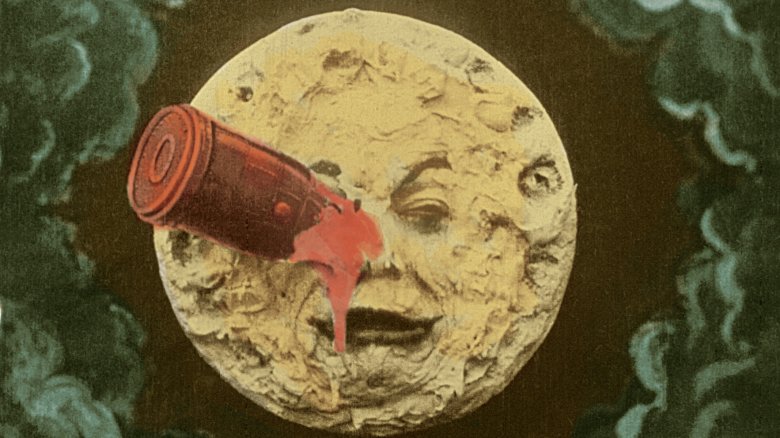Old Hollywood Stars Who Died Before Becoming Legends
It's a tough gig becoming an acting legend. First you've gotta have basic acting talent, then you've gotta nurture that talent for years and years until you finally get your big break and become a star ... at which point you've gotta keep on acting for years more just to make sure the world doesn't forget who you are (see: Steve Guttenberg). And that's in our interconnected modern world, with social media and studios that don't effectively own your whole life while you're under contract. Just imagine what it must have been like in Old Hollywood. There's a reason guys like Jimmy Stewart only became icons after amassing a filmography longer than most Russian novels.
But at least Stewart got to live to see his name immortalized, unlike some stars. For some of his contemporaries, their lives were a nonstop conveyor belt of hard work and challenging roles that only made them icons after the "living" part of "living legend" was no longer applicable.
Bruce Lee died a month before becoming a global legend
You probably know Bruce Lee as the master of kung-fu action cinema, the guy who could punch his way through anything from a single inch away. But if you were living in America while Bruce Lee was still alive, you'd have known him as someone very different: the sidekick from that cruddy TV show The Green Hornet.
Newsweek has the story of Lee's most famous living role, and it's fascinating. After becoming a California kung-fu guru, Lee was asked to play the Green Hornet's sidekick Kato in the second '60s attempt to turn a respected comic property into the campiest show alive. While Kato was enough of a breakout character for Lee to start opening malls in costume, Green Hornet itself tanked in America and was swiftly cancelled. But it was super popular in Hong Kong, where it was renamed The Kato Show. In fact, it was so popular that Lee was quickly cast in a slew of martial arts films. The last of these would be released in the U.S. as Enter the Dragon.
Enter the Dragon was destined to make Lee not just famous-famous, but "still appearing on T-shirts five decades after he died" famous. Lee wouldn't get to see this, of course, thanks to the whole "he died" part. One month before Enter the Dragon got its U.S. release, Lee went to the great dojo in the sky, unaware he was about to become an icon (via History).
James Dean died with a single film released
At the moment James Dean exited his Porsche via the windshield, you wouldn't have put much money on him being remembered. Dean's filmography was ... sparse. TCM lists his credits to that point as "youth in drugstore," "sailor," and as a soldier with a handful of lines in 1951's Fixed Bayonets! That's pretty much it, with the exception of the single meaty role Dean had been handed barely a year before: Cal Trask in the adaptation of John Steinbeck's East of Eden.
Dean's performance in Eden had been powerful enough to land him an Oscar nomination. But, realistically, it wasn't the sort of role that turns a 23-year-old into a cultural icon. Same with his supporting role as Jett Rink in Giant, still unreleased when Dean died on the road. His other unreleased picture, though? Well, let's just say Rebel Without a Cause was a little different. Featuring Dean as a rebellious teen who exuded cool, sweated style, and practically pooped sex appeal, it struck a chord with teenagers across America, a chord that's evidently still chiming today.
Rebel's release came at a time when a whole generation of kids who'd been too young for the war were hitting adolescence and looking for battles of their own. In Dean, they found someone who seemed to embody all their angst (via Shortlist). You better believe studio marketing pushed this angle, and hard. James Dean as Jim Stark the stylish rebel was enshrined; James Dean the real-life non-rebellious actor nearly forgotten.
Sharon Tate got super famous in the worst way possible
Sharon Tate is the actress and counterculture icon whose name everybody remembers. Unlike fellow '60s legends, though, Tate ain't remembered for her movies or her style. Her most watched feature is probably Valley of the Dolls, which carries a 31 percent rating on Rotten Tomatoes. Nope, what made Tate a legend after her death was her death itself. Tate had the misfortune of falling victim to the Manson Family.
Time has a detailed description of the murders, if you can stomach it. If not, let's just quickly rehash the basics. On the night of August 8, 1969, Tate was at home having a small party with friends when the Family came knocking. Heavily pregnant at the time, Tate was nonetheless strung up and stabbed to death in a crazed ritual killing that sent first Hollywood, then America into a full-blown panic. We tend to forget when retelling the story that there was a long gap of several months between Tate's death and Charles Manson's arrest. In that time, Manson became America's boogeyman, Tate's body his gruesome calling card.
It only got worse from there. Tate was married to director Roman Polanski when she was murdered, and Polanski's own escape from child sex assault charges in 1977 also contributed to her name remaining in the public eye. With Polanski since accused of several more child assaults during #MeToo (via Vox), it seems Tate's sad fate is to always be connected to horrific crimes.
Ed Wood died a near-penniless hobo
No one in 1950s Hollywood would have seemed a worse bet for immortality than Edward D. Wood Jr. A Z movie actor/director of trash that even other Z movie makers found laughable, Wood's greatest acting achievement was starring as a troubled transvestite in his own exploitation flick Glen or Glenda. As the New York Review of Books recounts, by the time the '70s rolled around, even these lows were beyond Wood's fumbling grasp. He was reduced to directing skin flicks before succumbing to alcoholism and dying a penniless quasi-hobo. And yet here you are, reading about him. Fame sure is strange, huh?
Today, Ed Wood's name is as recognizable as that of Jimmy Stewart or Gary Cooper or anyone else who was simultaneously winning and badly losing in the Hollywood system. The reason: a proto-Razzies called The Golden Turkey Awards. Released in 1980, it named Wood's Plan 9 From Outer Space as the worst movie of all time.
Naturally, this made a lot of people interested in watching, and laughing at, Wood's movies. At which point they discovered something. Wood's movies sucked, but they sucked in such a bonkers way that they qualified as everything from "accidental surrealism" to outsider art. His work as both an actor and director was so unusual that it gained a cult following, culminating in the release of Tim Burton's 1994 Oscar-winning biopic Ed Wood (above, starring Johnny Depp). Today, his films get screened at MOMA. Never give up on your dreams, kids.
John Cazale only made five movies, all masterpieces
There isn't a single movie that opens with "Starring John Cazale." In all his roles, Cazale was a supporting actor at best. He made a grand total of five movies before dying from cancer (via NY Mag). Heck, even his most famous role had barely any lines. But what a role. You probably recognize it: Fredo Corleone in The Godfather I and II.
That get everyone's attention? Cazale's roles were often like that, bit parts he managed to turn into the heart of the movie with his acting voodoo. See if you recognize his other films: Dog Day Afternoon (above). The Conversation. The Deer Hunter. Those are five movies that every movie lover loves, two of which are a good shout for "Greatest Movie of All Time" (with another you could probably argue if you were drunk enough). Between them, his five films netted 40 Oscar nominations. Not that Cazale won any himself. Like his characters, he was always in the background.
When Cazale died in 1978, that's where his reputation was, too, standing on the sidelines, visible but overlooked. As time passed and it became clear just how important all his roles had been, people began to reassess him and the unique vulnerability he brought to his characters. Today he's venerated among actors and movie lovers, an icon for those who care about the craft of acting.
Bela Lugosi died a forgotten morphine addict starring in terrible movies
Nobody's life demonstrates the fickle nature of fame quite like that of Bela Lugosi. For his first few decades, Lugosi's star seemed destined to keep rising like an out of control weather balloon. Born near Transylvania, in what has to be one of the most pleasing coincidences of all time, he made it to the top of the Hungarian theater scene with no training before conquering German cinema, then American theater, then finally, with 1931's Dracula, American cinema (via Biography). At this point, gravity reasserted itself and his star came crashing down.
Horror cinema quickly become a joke in post-Depression America, and the typecast Lugosi a joke alongside it. He got addicted to morphine, and, as film blog One Room With a View describes, was soon so washed up he reportedly almost missed the bit part of Dracula in 1948's Abbott and Costello Meet Frankenstein because the producers thought he was already dead. By 1951 he was desperately trying to revive Dracula onstage in Britain, in a production that played nowhere famous and was seen by basically no one. By the time he returned to America, only Ed Wood would work with him. Lugosi died in 1956.
Thankfully, trends come in cycles. By the mid-'60s, horror was cool again, and interest was swinging back toward the classic stars of the '30s. And who was a bigger star than Dracula himself? Lugosi had played the role for so long, first appearing as Dracula onstage in 1927, that his memory was revived alongside the part.
Peter Finch died after shouting one of the most memorable lines in movie history
Cultural memory is weird. You can spend your whole life appearing in decent pictures and leave no lasting impression on history, then you can go and bellow a single line and have people still talking about you 40 years later. Such was the fate of Peter Finch, an Australian-English actor who you've never heard of, who in 1976 played Howard Beale, a character you've also probably never heard of. But you've likely heard of the movie, Network, and you've definitely heard the line. Finch is the actor who shouted "I'm mad as hell, and I'm not going to take this anymore!"
Somehow, that line did more than just strike a chord with audiences. It became a pre-internet meme, the sort of line that you can drop into any random conversation with any random group of people and they'll probably recognize it. It still appears in headlines, in reference to everything from reality TV, to government incompetence, to the election of a certain former reality TV star to the presidency. In 2015, it even showed up on signs at anti-austerity rallies across the UK (via BBC). Few single lines offer immortality, but this one did.
Sadly, it only offered immortality of the sucky, non-literal kind. Network premiered at the end of November 1976. On January 14, 1977, Finch was dead of a heart attack. As to how he'd feel about only being remembered for a single line, it's possible the answer begins with "mad as..."
Georges Melies was only remembered when everyone realized he'd invented everything
You know that image of the Man in the Moon with a rocketship stuck in his eye? That's the work of Georges Melies. Know what other work by Melies you've definitely seen? Many of the major innovations in the history of cinema. A French magician who wrote, directed, produced, starred in, and edited hundreds of early movies, he's credited with everything from pioneering narrative cinema to discovering techniques like slow motion, dissolves, fade-outs and stop motion (via Britannica).
Basically, Melies was a one-man movie studio, who built his own incredible sets and developed special effects that may not quite still hold up today but which make American attempts from the same era look like the work of drunken chimpanzees. By one count, he made over 550 movies, but it's kinda hard to tell because the French government confiscated them all during World War I and melted them down to make boot heels, allegedly. (As Wired notes, it's kinda hard to separate the fact from the legend.) Many were burned by Melies himself in a moment of depression (via Independent).
But fear not, film fans! All was not lost. Plenty of pirated prints of Melies' work still existed and were later restored. Although Melies would die broke in 1938, he lived long enough to see people start to rediscover his work. Evidently they liked what they saw, because he's still famous, only with the added bonus that no one today wants to turn his films into shoes.
